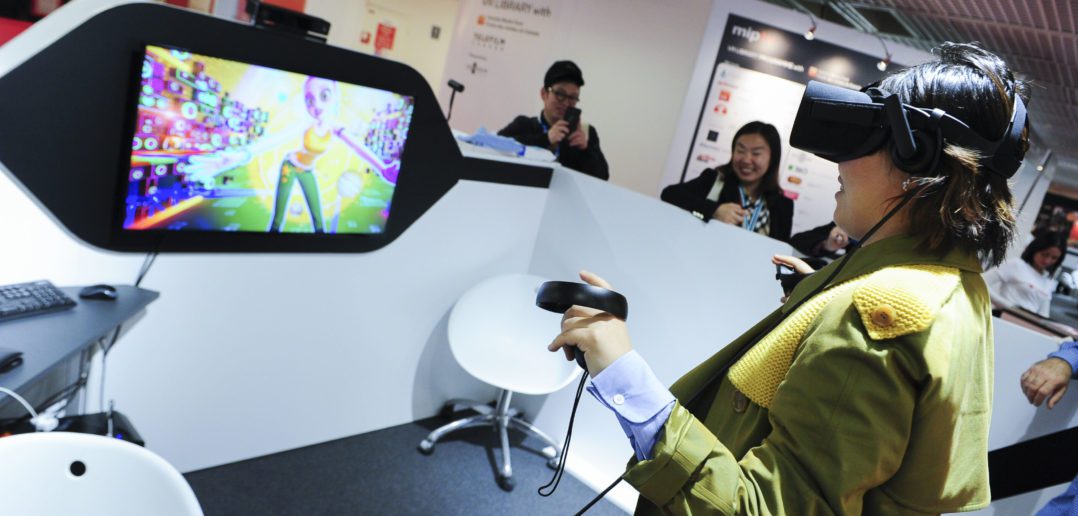Early this month, I spent three days at MIPTV. As I explored the venue, I noticed a trend. Something kept coming back on most of the stands: it’s the word immersion. Every brand, every studio, every creator was boasting about how immersive their creations were. It really felt as if immersion was the key to great content.
If we take a step back and look at the evolution of content, it makes sense. Every brand, every show, every media outlet has recently focused on providing an ‘experience’ to their audience. It’s all about enhancing and expanding the scope of what an audience can do in relation to a piece of content. It’s been so much at the core of the focus that providing an experience has now become a commodity. The consequence is that providing people with an experience is not enough anymore.
That’s when immersion gets under the spotlight. Because providing an experience is not enough to stand out. Now is the time to get one step further and provide viewers with an immersive experience. And that’s exactly what I noticed during my three days at MIPTV. Brands, media, shows are now looking to provide users with is an upgraded version of an experience, an immersive experience.
What does it mean? Well, it depends who we ask! Most of the studios and creators are referring to immersive just as a way a show is directed to make you feel closer to the action. I believe that immersion is a more radical evolution, that it’s more ambitious than a change in style.
To me, immersion means something very specific. It’s a radical shift in technology. It’s about being able to connect with what you are seeing, it’s about establishing a real presence with the content. Immersive content is not only a style. Rather, it’s a new type of content. It relies on two technologies: virtual reality (VR) and augmented reality (AR). These technologies allow the creation of really immersive experiences creators are looking for.
To be clear, I make a simple difference between two types of immersion.
1/ Step in: a type of immersion in which users enter in a story. The user is projected in the middle of the story, right where it happened. It relies on the use of virtual reality, with a headset that immerges the user totally in a different place. In that experience, users step within the story, they enter the immersion.
2/ Step out: a type of immersion in which the story steps out of its digital world and comes to users in the real world. The users remains in their own surroundings and the story pops-up around them: this is augmented reality. It works through a smartphone camera: elements appear around users as they look around (as in Pokémon Go!). In this scenario, the story steps out of the frame world: the immersion comes in the users’ world.
Regarding the use of the word immersion in the industry, it indicates is that there is a peak of interest in engaging viewers with the content. As creators look for more compelling content experiences, VR may very well be the right solution to offer real immersive experiences. It can provide viewers with the engagement producers are looking for and it offers radically new possibilities.
As it’s still a new technology, it remains in a grey zone between traditional production and technology industry, which gives it a special spot in production exhibitions. It’s somewhere between Digital, Innovation and Production.
Besides the VR area where startups and studios were featured, I’ve seen many traditional producers showcasing their creations with VR headsets to give an impactful introduction to their content. Slowly but surely, VR seems to be making room for itself.
This is why I went to MIPTV this year. At TARGO, an immersive journalism studio, we create documentaries in virtual and augmented reality. We are working on a documentary about Prison for Women in VR. It’s a very contemporary topic, and the VR technology allows us to shed a new light on what being a woman inmate means.
What I’ve seen at MIPTV is that there is widespread awareness on the technology and that the industry seems to be looking for ways to engage audiences deeper. I think virtual and augmented reality will bring part of the answer.
This is the latest in a series of posts from immersive content experts who attended MIPTV 2018. More here…
These posts are produced in partnership with Red5 and VR event Virtuality.




